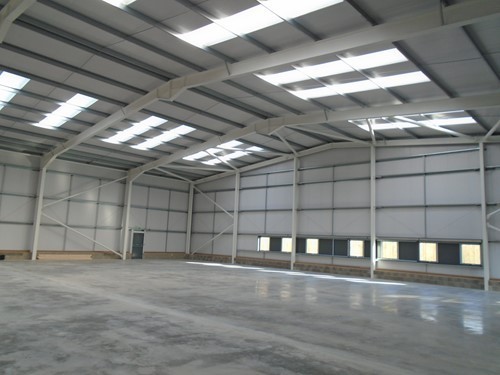Taking on a lease on a commercial property is something that businesses up and down the UK do on virtually a daily basis. Despite it being a relatively common business practice, it is amazing how easy it is for mistakes to be made, sometimes leaving the business in an extremely precarious position and even occasionally resulting in the demise of the business altogether.
Here at Lea Hough, we regularly advise businesses that are taking on commercial leases and as such, have seen the good, the bad and the ugly.
Here are the four pitfalls of commercial leases you should look to avoid at all costs.
1. Taking on a lease without a Schedule of Condition
This is one of the most costly mistakes an incoming tenant can make. A Schedule of Condition is a professionally prepared document that includes both detailed written descriptions and extensive photographs to give a clear record of the condition of a building when a Tenant takes possession.
Without this in place, it can be very difficult to later prove what condition the property was in at the time when occupancy was taken, therefore making it possible for the landlord to serve them with a hefty Schedule of Dilapidations when the lease comes to an end.
Ensuring that you have a good quality Schedule of Condition drawn up can go a long way to protecting your interests. Once written up, this should be attached and referenced to the lease for both parties to sign.
2. Failing to understand your obligations
A commercial lease will typically contain a provision for the tenant to keep the property in good repair and condition throughout the lease term. When becoming a tenant of a commercial property, you will automatically take up the maintenance and repair obligations as detailed in the lease. As such, it is important to both budget and plan for ongoing repair works.
It is also very important to check your position in relation to how it the property is to be left at the end of the lease – ie. whether you will need to put the property back to a similar condition (or at least layout) as original. This is especially important for buildings that are already in a dilapidated state when you take occupancy.
3. Undertaking unauthorised works
Taking on a commercial space will usually involve relocating a business’ operations, or at least an element of its function, to the property. The space therefore has to work for the tenant, which may mean making alterations. Tenants need to be very wary of going ahead and making changes without seeking the express permission of their landlord, which typically involves a Licence To Alter. Should changes not be approved, the tenant could be asked to reinstate the property to its original condition, which is often impractical and very costly.
4. Not paying attention to break clauses
For tenants, a break clause is used to provide flexibility to accommodate a potential change in future circumstances. However, break clauses can also benefit the landlord in some cases.
If you are unsure whether or not you want to stay in the property for the full term of your lease, be sure to take advice well in advance of the break date – ideally at least 12 months in advance and at least 6 months before the break ‘trigger notice date’.
If you do wish to activate a break clause, your obligations regarding the property’s repair will usually be the same as if the lease had run its full course, and you will likely have to begin a programme of works to bring the building back to the state the lease dictates.
These are just some of the pitfalls we regularly come across in relation to taking on commercial leases. The law in this country very much favours landlords, with tenants taking of a lion’s share of responsibility for upkeep and maintenance during the term of a lease.
In order to protect your interests as best as you can, it is always worth consulting with a Chartered Surveyor prior to signing a lease. For more information on Lea Hough’s services for both tenants and landlords, please get in touch.























